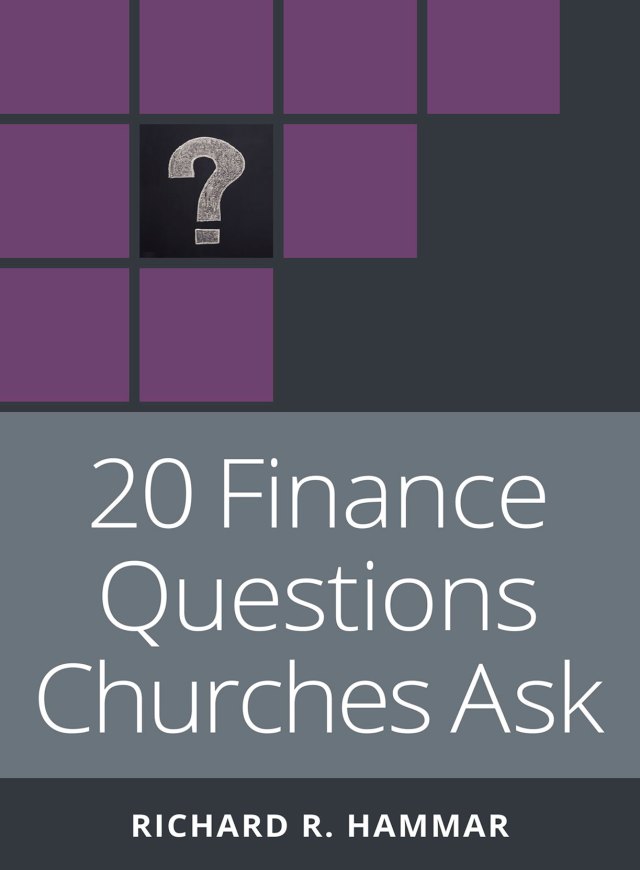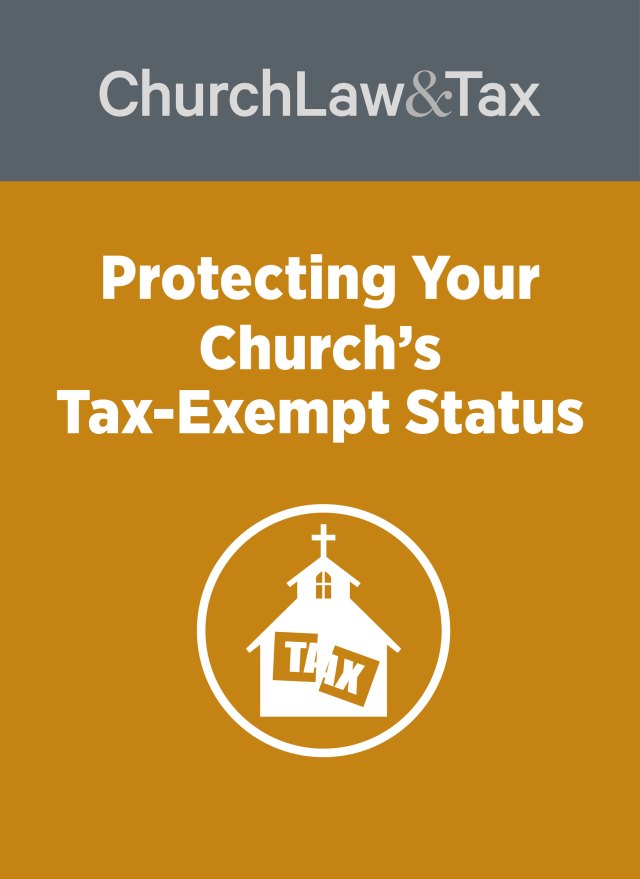• The United States Tax Court ruled that a religious organization was not a “church.” The organization was formed to (1) “spread the message of God’s love and hope throughout the world;” (2) “provide a place in which those who believe in the existence of God may present religious music to any persons interested in hearing such;” and (3) distribute literature and recordings of religious teachings and music. The organization maintained an outdoor amphitheater on its property, at which musical programs and an occasional “retreat” or “festival” were conducted about 12 times each year. No other regularly scheduled religious or musical services were conducted. Most of the musical events were held on Saturdays so that persons could attend their own churches on Sundays. Musical services consisted of congregational singing of religious music. A minister always opened and closed these events with prayer. While it did not charge admission to its events, there was a published schedule of “donations” that were similar to admissions charges. The organization also maintained a chapel on its property that was open to the public for individual prayer. The organization applied to the IRS for recognition of tax exempt status on the ground that it was a church. Eventually, the IRS rejected the organization’s exemption application on the ground that it was not a church. In reaching its decision, the IRS noted that the organization failed most of the 14 criteria used by the IRS in identifying churches. These 14 criteria include: (1) a distinct legal existence; (2) a recognized creed and form of worship; (3) a definite and distinct ecclesiastical government; (4) a formal code of doctrine and discipline; (5) a distinct religious history; (6) a membership not associated with any other church or denomination; (7) an organization of ordained ministers; (8) ordained ministers selected after completing prescribed studies; (9) a literature of its own; (10) established places of worship; (11) regular congregations; (12) regular religious services; (13) Sunday schools for religious instruction of the young; and (14) schools for the preparation of its ministers. The organization maintained that it did meet a majority of these criteria. The Tax Court agreed with the IRS, and ruled that the organization was not a church. Significantly, it refused to accept the 14 criteria as the only test for determining whether or not a particular organization is a church. It did concede, however, that the 14 criteria are helpful in deciding such cases. The court noted that the organization met at least a few of the 14 criteria, and that some would not be relevant to “a newly-created rural organization.” On the other hand, the court noted that the organization had no ecclesiastical government, formal creed, organization of ordained clergy, seminary, or Sunday school for the training of youth. Further, it did not produce its own religious literature (it sold literature produced by other religious organizations). The court concluded by noting that “[w]hile a definitive form of ecclesiastical government or organizational structure may not be required, we are not persuaded that musical festivals and revivals (even if involving principally gospel singing … ) and gatherings for individual meditation and prayer by persons who do not regularly come together as a congregation for such purposes should be held to satisfy the cohesiveness factor which we think is an essential ingredient of a ‘church.'” This case is significant, since it represents the first time that the Tax Court has acknowledged that the 14 criteria used by the IRS in identifying churches are not an exclusive test that must be used in all cases. This is important, since the 14 criteria are seriously flawed. They address only hierarchical church denominations (i.e., denominations having centralized authority), and not congregational churches (i.e., local churches that are either wholly or partially independent of denominational control). To illustrate, few local churches would satisfy the 7th, 9th, or 14th criteria, and in some cases a number of others, since these pertain to denominations. Such confusion in the very test by which a church’s existence is to be judged is inexcusable. This ruling represents a step in the right direction—a total repudiation of the 14 criteria. Spiritual Outreach Society v. Commissioner of Internal Revenue, 58 T.C.M. 1284 (1990).
© Copyright 1990, 1998 by Church Law & Tax Report. All rights reserved. This publication is designed to provide accurate and authoritative information in regard to the subject matter covered. It is provided with the understanding that the publisher is not engaged in rendering legal, accounting, or other professional service. If legal advice or other expert assistance is required, the services of a competent professional person should be sought. Church Law & Tax Report, PO Box 1098, Matthews, NC 28106. Reference Code: m15 c0590



